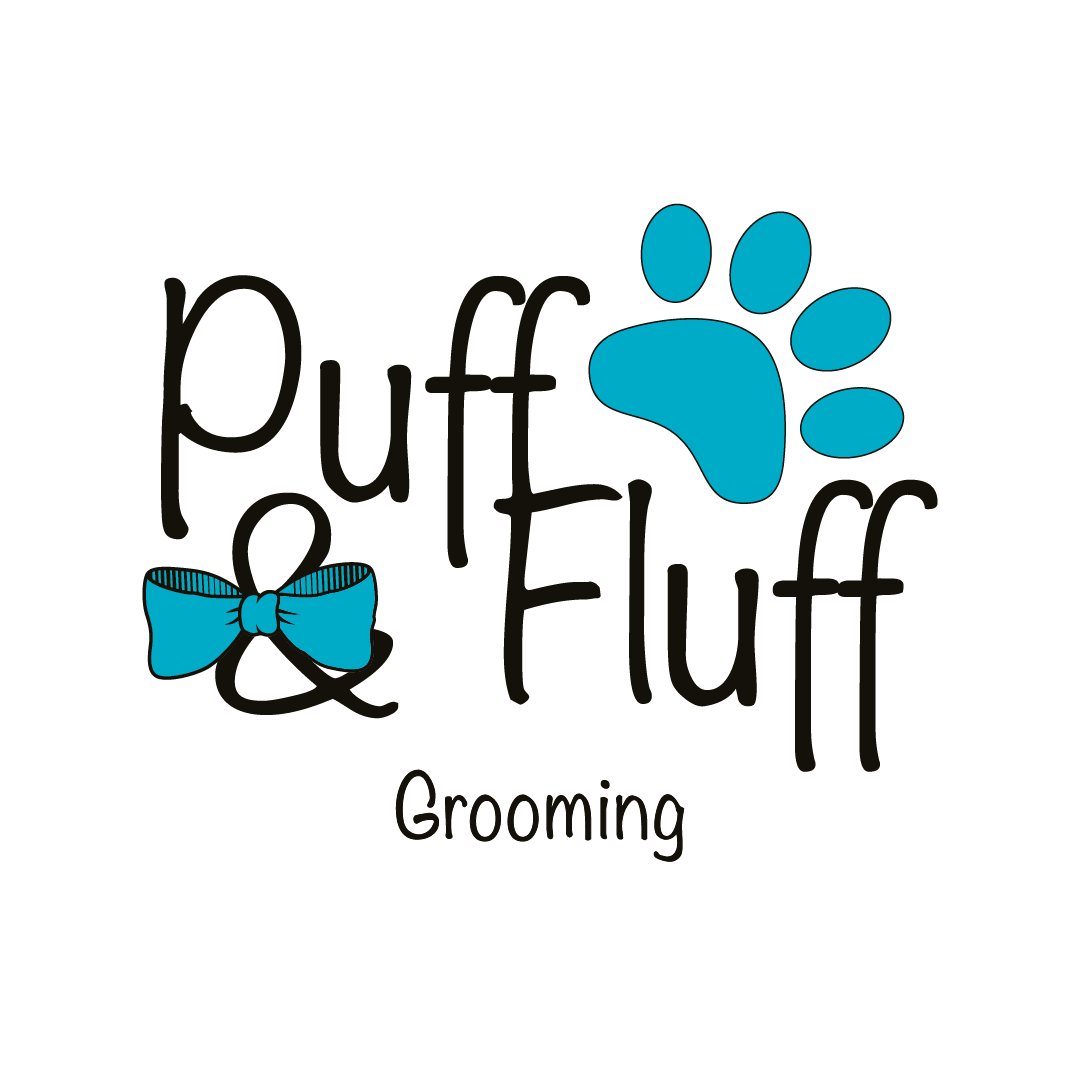When it comes to our dogs, we all want to give them the best life possible. From high-quality food to plenty of exercise, we go to great lengths to keep them happy and healthy. But there’s one often-overlooked detail that plays a big role in their daily comfort — the collar they wear.
A small upgrade, like switching to a high-quality dog collar, can make a noticeable difference in your dog’s wellbeing. After all, a collar isn’t just a fashion accessory; it’s something your dog wears every day, for hours at a time. Choosing one that’s thoughtfully designed ensures they’re comfortable, safe, and free to enjoy all their adventures.
Here’s how to tell if your dog’s current collar is up to scratch — and what to look for when it’s time for an upgrade.
Why Your Dog’s Collar Matters More Than You Think
A poorly fitting or rough collar can cause a surprising amount of discomfort. Over time, it can even lead to skin irritation, hair loss, or behavioural changes like excessive scratching and restlessness.
Signs your dog’s collar might need replacing include:
- Redness or bald spots around the neck area.
- Reluctance to put the collar on or seeming agitated when it’s worn.
- Frequent scratching at the collar even after adjustments.
Because collars are worn so consistently, even minor issues can become major irritations over time. Investing in a collar that’s designed for both durability and comfort is one of the simplest ways to improve your dog’s daily life.
What Makes a Collar Comfortable?
Not all collars are created equal. When shopping for a new one, keep an eye out for these important features:
- Soft, breathable materials: Collars made from gentle fabrics or padded leather reduce the risk of rubbing or irritation.
- Adjustable sizing: A collar that can be properly fitted will prevent slipping without being too tight.
- Lightweight design: Especially important for smaller breeds, a heavy collar can put unnecessary strain on a dog’s neck.
- Smooth seams and hardware: Sharp edges or poorly finished stitching can dig into your dog’s skin over time.
A collar should feel comfortable enough that your dog barely notices it’s there — allowing them to move, run, and play without distraction.
How to Check If Your Dog’s Collar Still Fits Properly
Even the best collar needs occasional checks to ensure it’s still doing its job well. Dogs can gain or lose weight, their coat can change with the seasons, and collars themselves can stretch or wear down.
A few simple checks to do regularly:
- Two-finger rule: You should easily slide two fingers between the collar and your dog’s neck.
- Look for wear and tear: Check for frayed fabric, rusted buckles, or cracked plastic clips.
- Watch their behaviour: A happy, comfortable dog won’t fuss with their collar constantly.
A quick check every couple of weeks can help catch small problems before they turn into bigger ones.
Other Small Upgrades That Make a Big Difference
Once you’ve sorted a comfortable collar, consider other little changes that can boost your dog’s comfort and safety:
- Switch to a padded harness for longer walks: Especially helpful for breeds prone to neck strain.
- Upgrade your lead: A soft, ergonomic handle can make walks more comfortable for you too.
- Add a lightweight ID tag: Keep identification clear and secure without weighing your dog down.
Simple changes, chosen with care, often have the biggest positive impacts on your dog’s day-to-day comfort.
Your dog relies on you to notice the little things — and something as simple as upgrading to a high-quality collar can make a real difference to their comfort and happiness. When you choose accessories that prioritise both function and wellbeing, you’re not just investing in their appearance — you’re investing in their daily quality of life.
And that’s a small change well worth making.
